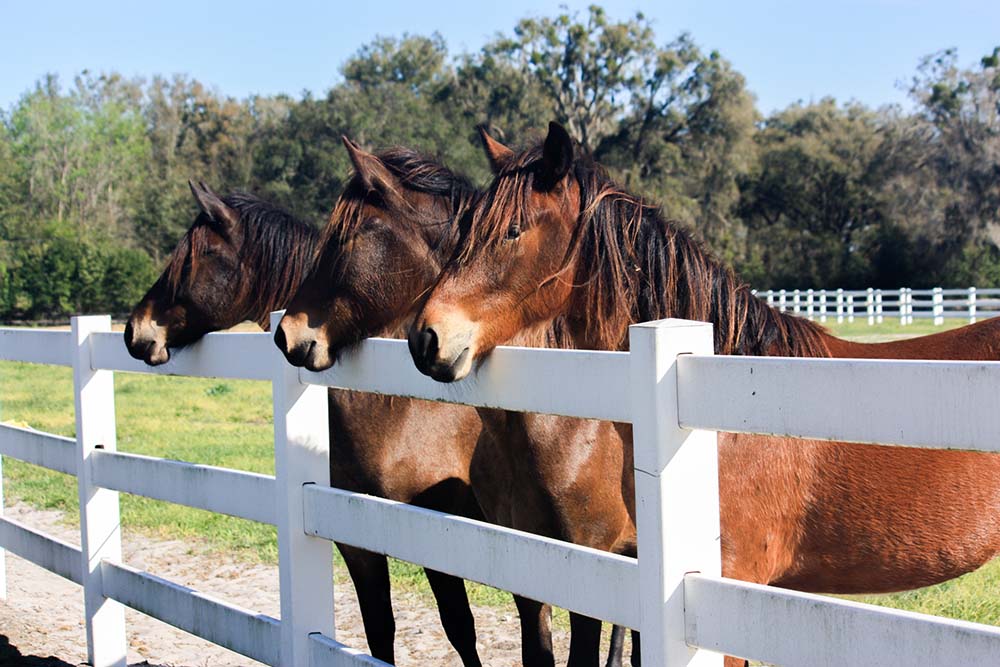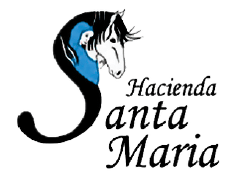Paso Fino Horses
The Story
of the Paso Fino Horse
Unbeknownst to the Conquistadors, the Paso Fino (Spanish for “fine gait”) would ultimately come to embody the best traits of all three of its ancestral breeds: From the Jennet, a now-extinct breed of light riding horse, the Paso Fino inherited its famously smooth four-beat gait. At the same time, the Paso Fino retained the Barb’s hardiness and stamina, along with the proud carriage and long, flowing mane and tail of the Andalusian.


Paso Fino
Breed Standards
The Paso Fino’s most defining characteristic is its unique gait, which is not seen in any other horse breed. Paso Finos are born with an even, four-beat gait, inherited from the now-extinct Spanish Jennet, which gives them their famously smooth ride. Unlike man-made gaits, which appear exaggerated and artificial, the Paso Fino’s gait is flowing and natural. When you watch a Paso Fino in action, you’ll immediately notice how rhythmic, purposeful, and balanced its gait is, with each foot moving in perfect harmony.
Strong, graceful, and agile, the Paso Fino is a favourite on the trail and in the show ring. This breed’s calm, willing, and friendly nature also makes them the perfect companion horse.
Size: Standard height for a Paso Fino is 13 to 15.2 hands, with 14 hands being considered their average height. They typically weigh between 700 to 1000 pounds and achieve full size around five years of age.
Colour: All colours are considered acceptable for the Paso Fino, including patterns (such as pinto colouration) and white markings.
Temperament: The ideal Paso Fino is a friendly, willing horse that strives to please its rider. Considered a good family horse, the Paso Fino should be gentle, responsive, and easy to handle. At the same time, these horses should demonstrate high spirits and intelligence.
Mane, Tail, and Forelock: The Paso Fino’s Spanish heritage should be fully evident in its mane and tail, which are very long, full, and luxurious. The horse’s mane and tail may not be enhanced with artificial extensions.
Head: The head should be refined, with a straight profile and a defined jaw, and in good proportion with the rest of the body. The Paso Fino should have large, wide-set, expressive eyes and an alert, intelligent face.
Neck: The Paso Fino’s neck is of medium length and strong but gracefully arched, allowing the horse to carry its head high.
Forehand: The Paso Fino has sloping, powerful shoulders and a deep chest.
Midsection: The back should be of medium length and well-muscled, with a top line that’s shorter than the underline.
Hindquarters: The croup slopes gently, and the quarters should be strong and rounded, with robust hocks. The tail should be carried high and gracefully when the horse is in motion.
Legs: The Paso Fino’s legs should be straight with refined bones and well-formed, defined tendons. Their forearms are typically long with shorter cannons. Their thighs and gaskins are powerful and muscular but not overly large or exaggerated.
